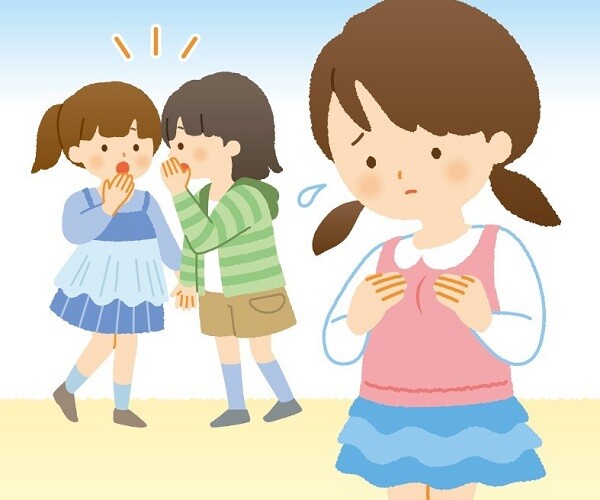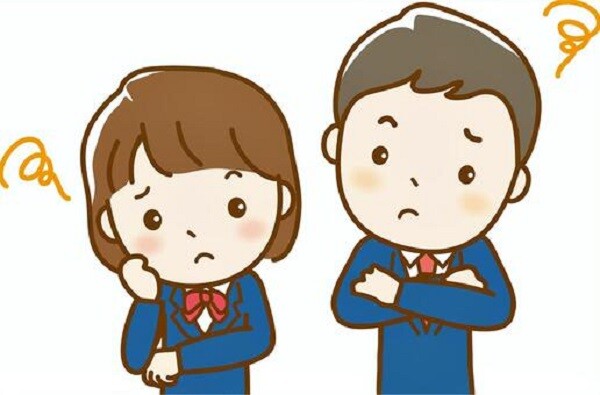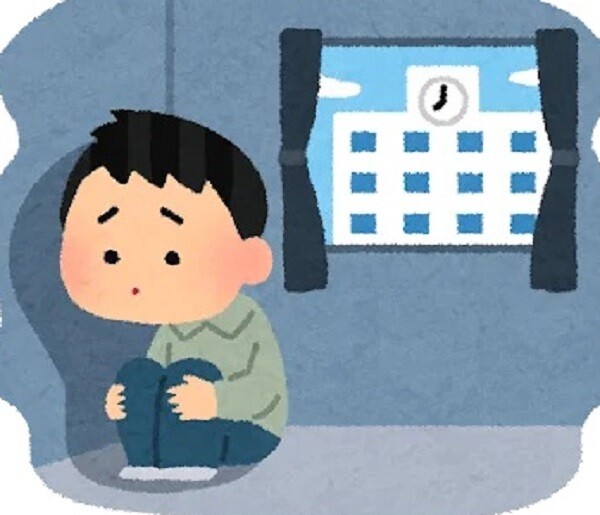Recent studies indicate that the rate of early puberty in children has increased, with a rise from approximately 5% to 10-15% in girls over the past two decades. For boys, there is a similar trend, although the increase is slower, with about 2-5% experiencing early puberty.
Unhealthy diets, stressful environments, and academic pressure are among the primary causes of early puberty. When a child’s body exhibits abnormal signals, it can impact their health, height growth rate, and psychology.
Therefore, it is essential for parents to recognize the early signs of puberty in their children and provide support to help them navigate this stage confidently and healthily.

 Prominent Signs of Early Puberty in Boys and Girls
Prominent Signs of Early Puberty in Boys and Girls
Early puberty is characterized by the appearance of pubertal signs before the typical age range (before 9 years for girls and 10 years for boys).
Girls – Breast Development
One of the first signs of puberty in girls is breast development. This is a clear indication that the child’s body is undergoing a transformation, marking a significant milestone in their journey towards adulthood.
Breast development signifies a shift in hormone levels, specifically an increase in estrogen. This hormone plays a crucial role in the development of secondary sexual characteristics, including breast growth.
As breasts begin to develop, children may experience a range of emotions. Some may feel excited and confident, while others may struggle with anxiety or confusion.

Children may feel anxious and confused during early puberty.
Hence, educating children about bodily changes and the natural processes of early puberty is essential.
Additionally, the onset of menstruation before the age of 9 is also a clear indicator of early puberty.
Boys – Increased Testicular Volume
For boys, when the testicular volume exceeds 2.5 cm, it is another sign of early puberty. This change is attributed to a rise in testosterone levels.
Testosterone stimulates the development of the testes and influences various secondary sexual characteristics, such as muscle growth, voice changes, and body hair development.

Impact of Early Puberty on Height Growth
Initial Rapid Growth
While the initial rapid growth spurt may offer some benefits, early puberty can have long-term consequences. It often leads to a rapid growth phase, resulting in a child becoming taller than their peers within a short period.
During this stage, girls typically experience a height increase of 7-8 cm/year for 1-3 years. Many children feel confused and anxious due to the physical and emotional changes occurring during this time.
Similarly, boys go through a height growth phase of 7-9 cm/year for 1-3 years. The variation in puberty timing among boys can lead to feelings of insecurity or pressure.

Initial rapid height growth.
Early Cessation of Growth
Early puberty causes the growth plates in bones to close earlier. Consequently, a child may stop growing taller earlier than their peers.
The surge in sex hormones during early puberty stimulates rapid development of secondary sexual characteristics, such as muscles and body shape. However, this also leads to an undesired consequence: the growth plates in bones, responsible for height increase, close earlier than expected.
Lower Overall Height Compared to Peers
The early closure of growth plates means that a child will no longer be able to increase their height naturally in subsequent years.
As a result, they may end up with a shorter stature, failing to reach their maximum height potential if puberty had occurred at a normal age. Not attaining the desired height can impact self-confidence and self-image, especially during critical life stages like adolescence, where comparisons with peers are common.

Children may feel insecure about their height compared to their peers.
Early puberty is a complex issue that profoundly affects a child’s height development and overall health. Early detection of its signs enables parents to intervene timely and support their child’s optimal and healthy development.
By creating a loving environment, providing adequate healthcare, and ensuring proper nutrition, parents can help their children navigate the challenges of early puberty with confidence and good health.
Why Does Your Voice Change During Puberty? Is It Normal to Skip This Stage?
As we enter adolescence, most of us experience a significant change in our voices, a cracking or breaking that signals a transition to adulthood. But what about those whose voices remain largely unchanged? Today, we delve into the intriguing world of voice development and explore why some individuals undergo a more subtle vocal transformation.






































